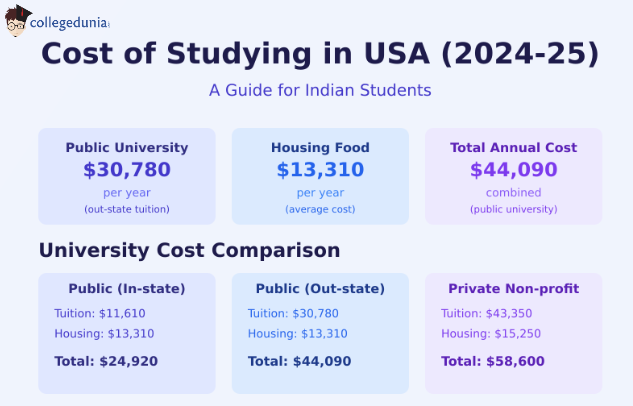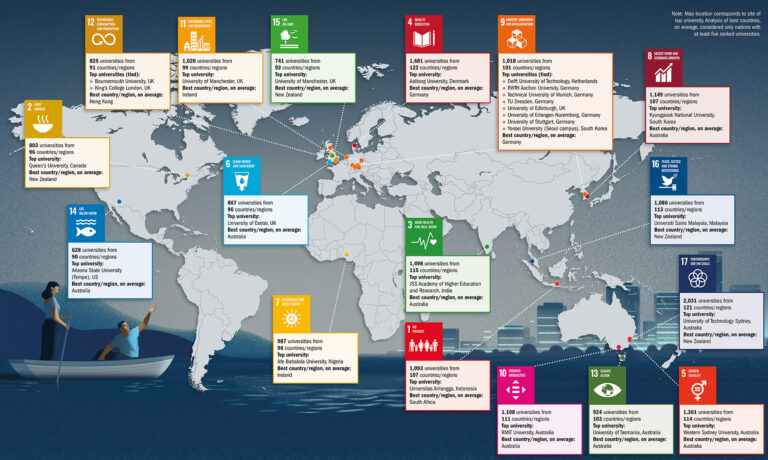Cost of Studying in the USA: Tuition, Living, and Scholarships

The United States is a top destination for international students, offering high-quality education and global career opportunities. However, studying in the USA can be expensive. It’s important to understand all the costs involved — not just tuition, but also living expenses and ways to reduce costs through scholarships.

1. Tuition Fees in the USA
Tuition varies based on the type of institution, program, and degree level.
Undergraduate Programs (Bachelor’s Degree)
- Public universities (state schools):
- $15,000 to $30,000 per year
- Private universities:
- $25,000 to $50,000+ per year
Example:
- University of Florida (public): ~$28,000/year
- Boston University (private): ~$60,000/year
Graduate Programs (Master’s, PhD)
- Master’s programs:
- $20,000 to $45,000 per year
- MBA or Law/Medical degrees:
- $50,000 to $80,000 per year
- PhD programs: Often fully funded with a stipend
2. Living Expenses
Living costs depend on the city, lifestyle, and accommodation type.
Monthly Cost Breakdown (Average)
| Expense Type | Estimated Cost (Monthly) |
|---|---|
| Housing (Rent) | $600 – $1,500 |
| Food & Groceries | $250 – $500 |
| Transport | $70 – $150 |
| Health Insurance | $100 – $300 |
| Personal Expenses | $100 – $300 |
| Utilities/Internet | $100 – $200 |
Estimated Total: $1,200 – $2,500/month
Yearly Cost: $14,000 – $30,000
Note: Living in New York or California is more expensive than smaller cities or college towns.
3. Additional Costs
- Application Fees: $50–$100 per university
- Standardized Tests:
- TOEFL: ~$200
- GRE: ~$220
- SAT: ~$60
- Flight Tickets: $700–$1,500 (one-way)
- Books and Supplies: $500–$1,000/year
- Student Visa (F-1):
- SEVIS Fee: $350
- Visa Fee: $185
4. Scholarships and Financial Aid
Many universities offer financial support to international students.
Types of Scholarships
- Merit-based scholarships: Based on academic performance or test scores
- Need-based aid: For students with limited financial resources
- Program-specific grants: Offered by departments like engineering, business, etc.
- Athletic scholarships: For skilled athletes
- External scholarships: Offered by governments or private foundations
Popular Scholarships for International Students
- Fulbright Foreign Student Program
- Humphrey Fellowship Program
- AAUW International Fellowships (for women)
- Aga Khan Foundation Scholarship
- University-specific aid (e.g., Stanford, Harvard, NYU)
5. Tips to Save on Costs
- Apply to state universities or community colleges (first 2 years)
- Share housing or live off-campus
- Use student discounts for travel, food, and shopping
- Work part-time (on-campus jobs allowed under F-1 visa)
- Use free campus facilities (gym, library, events)
- Apply early for scholarships and assistantships
Conclusion
Studying in the USA is a big investment, but understanding the full cost — tuition, living, and other expenses — helps you plan better. With smart budgeting and scholarships, many international students make their American education affordable and achievable.





